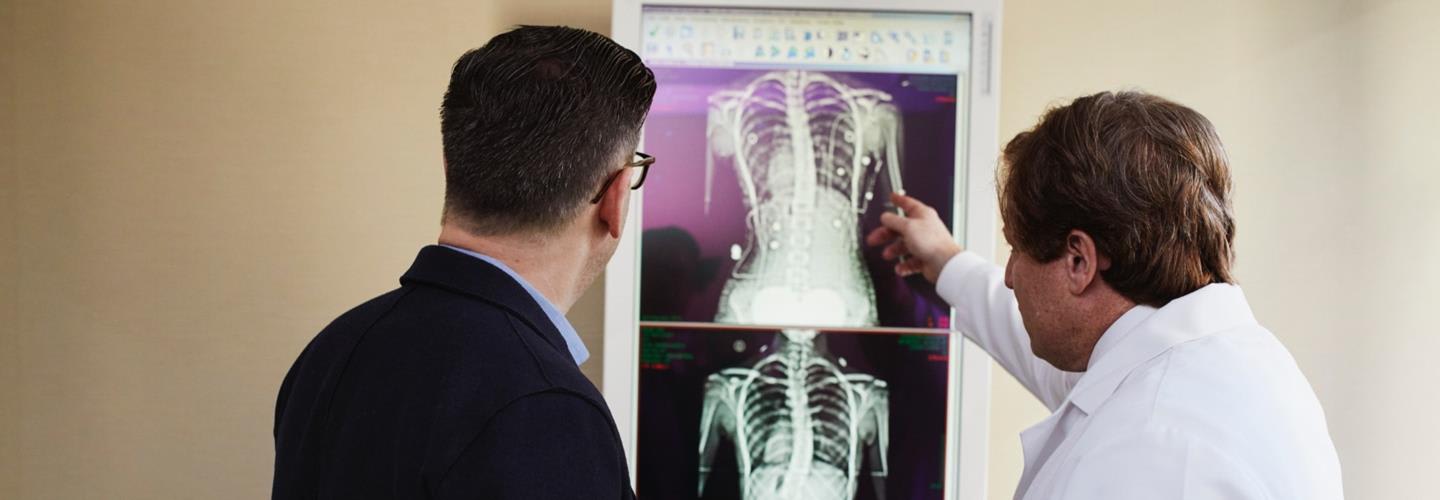Healthcare IT continues to advance as demonstrated by these incredible technology breakthroughs that gained traction in 2017. The healthcare industry is only starting to scratch the surface of value-based care, and these innovations are contributing to the shift.
- Wearable devices continued to grow in popularity in 2017 and with 1.8 billion1smartphones in the world, apps and devices are generating more data than ever before. Insurance companies have started to integrate these devices into their packages to give their customers financial incentives to stay on top of their health. UnitedHealthcare and Qualcomm have started to incorporate Samsung and Garmin devices into a national wellness programme that enables employees to earn financial rewards by meeting daily walking goals2. Companies in New Zealand are also offering devices like Fitbits to their employees at a discount, to encourage healthier habits and improve the wellbeing of their staff.
- November 2017 saw the FDA approve the first digital pill, paving the way for future ‘digestibles’, drugs with sensors that allow physicians to remotely monitor whether a medication has been taken and how it is being digested. Japanese Otsuka Pharmaceutical Co. have developed a pill to treat schizophrenia, bipolar disorder and depression in adults, with a built-in sensor that communicates with a wearable patch on the patient. It was developed with the aim of measuring medication adherence for adults with these mental illnesses. This is an innovative new form of personalised medicine that can optimise medication results and only operates with the patient’s consent.
- HL7®FHIR® APIs have continued to advance this year, with new healthcare apps being developed using the standard. Fast Healthcare Interoperability Resources (FHIR) aims to improve access to health information and electronic health records, but primarily it provides structure and standards for the vast amounts of data going through the healthcare ecosystem. One of the latest apps to use FHIR APIs is revolutionising the way patients receive healthcare information, helping them to stay well and encouraging them to stay on top of their health.
- The increased development of chatbots in the healthcare industry is fundamentally changing the doctor-patient relationship, improving efficiency and enhancing productivity. Using machine learning and artificial intelligence, chatbots can answer simple medical questions, saving time and doctor visits. Ada Health have developed a chatbot style app that uses artificial intelligence and natural language processing to ask questions and suggest possible causes for symptoms. Ada will also get smarter as patients use it more, giving doctors the ability to monitor long-term health, and having the potential for the chatbot to predict potential health issues3.
- Google Glass made a comeback this year and one of the industries it has targeted is healthcare, helping clinicians interact more personally with their patients. Google Glass is essentially a wearable computer that displays key information, meaning doctors don’t have to manually find information from their computer at their desk. Dignity Health have partnered with Augmedix to use Glass to record notes, comments and other information during an appointment4. Information is brought to them instantly, allowing clinicians to provide patients with thorough, accurate care.
If you would like to learn more about FHIR and how it can enable an ‘ecosystem’ supporting access to, and manipulation of, healthcare data and services by many different applications. Read Dr. David Hay’s White Paper where he takes a closer look at FHIR.



